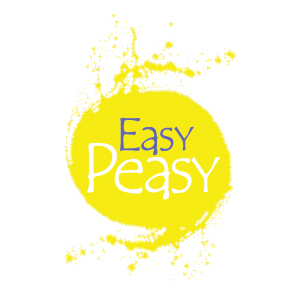Benefits Chalk Talk: Integrated HRAs
Welcome back to another edition of “Benefits Chalk Talk.” In this series at our blog, we provide you with valuable, up-to-date, relevant information about health benefits planning so that you can put the things in place that make the most sense for yourself or your company. At Policy Advantage Insurance Services, we feel that informed consumers can make a really big difference in our industry.
Today we’re talking about “Integrated HRAs.” If you’ve been reading our blog, you’ve heard about HRAs (or Health Reimbursement Arrangements) before. We’re a big proponent of them (HRAs in general) for a number of different reasons. They’re a very “money smart” concept when it comes to health benefits planning. If you want to understand more about the general nature of HRAs before moving on, you can read about them here.

As we’ve mentioned, HRAs are a great way to help employers retain funds that would normally go to insurance companies. There are many different ways to utilize HRAs. There are various strategies and ways to set up an HRA. This blog post is specifically geared towards explaining “Integrated HRAs.”
Question: What is an Integrated HRA?
Answer: Integrate means to combine parts with another so that they become a whole. In the case of an Integrated HRA, there are two parts that are being combined:
- A group health insurance plan.
- A health reimbursement arrangement (HRA).
Question: What kind of group health insurance plan works with an HRA?
Answer: Any kind of group health insurance plan works with an HRA, as long it (the group health plan) conforms with PHS 2711 (no lifetime or annual limits, etc). Without getting into details that will confuse you, PHS 2711 is one of the big reasons that HRAs integrate so well with a group health insurance plan.
Question: Why would I want to “integrate” an HRA with a group health insurance plan?
Answer: The integration of an HRA with a group health insurance plan can allow an employer to retain funds that would normally go to insurance companies as premiums. In essence, it is a way for an employer to “partially self-fund” their group health plan. Example:
- An employer puts in a higher deductible PPO (with the higher deductible, premium dollars are saved). The employer then “integrates” an HRA with the higher deductible group health plan to help cover the raised deductibles, co-payments, and other out of pocket expenses. In this example, premiums are lowered, and the additional out-of-pocket risk (higher deductibles and co-pays) are picked up by the employer, tax-free.
Question: How much money can I give to each of my employees in their HRA?
Answer: There is no limit on this amount, because it is integrated with the group health insurance plan (which cannot have annual or lifetime limits). You can decide the amount that you would like to give to each employee. It’s very budgetable. You can also tier your contributions (ie: managers get $200/month, and drivers get $150/month). There are many different ways that this can be set up. It’s very manageable; you can customize your contributions how you like. Contributions are also distributed tax-free by employees into “qualified medical expenses” through Section 105.

As you can see, when properly designed, an “Integrated HRA” can be a valuable and important employee health benefit. They are a very “money smart” concept to help employers save money, and provide quality health coverage. The Integrated HRA can be also considered another form of defined contribution health planning (because an employer is defining a contribution to an HRA).
If you have further questions about setting up an Integrated HRA, please contact us at any time. They’re very simple to administer. We work with a couple of different HRA third party administrators.
Thanks for stopping by, we hope you found our information to be valuable. Check back at our blog to get further information about funding healthcare. Also, please share with your friends, clients, colleagues, and family. Here are a few of our other information outlets:
Home Page: https://policyadvantage.com
Twitter: http://www.twitter.com/policyadvantage
Facebook: http://www.facebook.com/policyadvantage
YouTube: http://www.youtube.com/policyadvantage
Pinterest: http://www.pinterest.com/policyadvantage
Word Press (you are here): http://www.policyadvantage.wordpress.com

 The visualization mentioned above is similar to the components that work with a High Deductible Health Plan (HDHP). There are four things that usually work in the system:
The visualization mentioned above is similar to the components that work with a High Deductible Health Plan (HDHP). There are four things that usually work in the system: